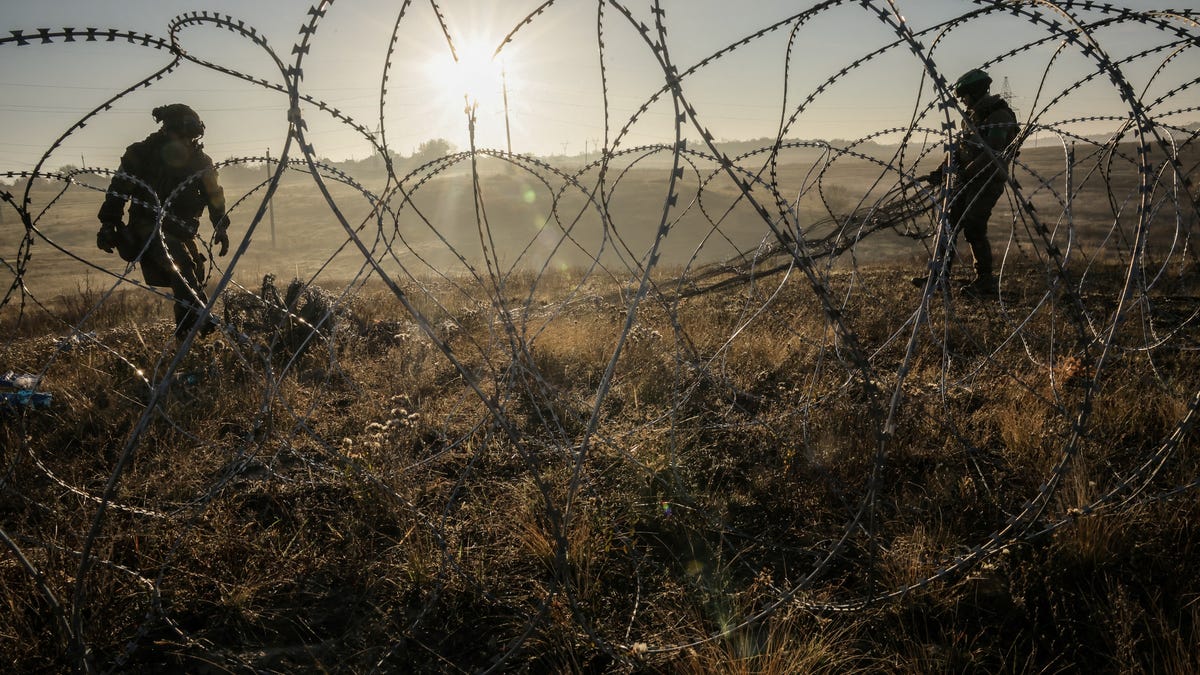Recent reports from a major Eastern power asserting control over a crucial urban center have been met with swift and strong refutations from the defending nation, highlighting a deepening informational struggle amidst prolonged hostilities.
Officials from the defending state, including its head of state and military spokespersons, have vehemently dismissed the acquisition assertions as calculated ‘disinformation’ and ‘propaganda,’ emphasizing the ongoing nature of defensive operations in the contested zone.
Despite the denials, visual evidence circulating, including verified footage of paratrooper banners and national flags being raised within the devastated core of the urban area, lends a complex layer to the narrative of territorial control, indicating significant tactical maneuvers in the prolonged engagement.
This latest development unfolds within a broader context of slow, methodical advances by the asserting power in the eastern territories, where negotiations aimed at de-escalation and a cessation of hostilities have consistently failed to yield substantial progress, leading to heightened international pressure and the prospect of economic measures from global leaders.
According to independent military analysts specializing in geo-strategic conflicts, the topography of the contested stronghold has historically favored the defenders. Its diverse landscape, encompassing forested areas, intricate waterways, elevated positions, and varied architectural structures, has enabled the defending forces to sustain a robust defensive operation for an extended period, significantly impeding rapid incursions by the advancing forces.
Should the claims of the stronghold’s capture be definitively corroborated, experts suggest this development could create conditions for the asserting power to gradually extend its reach further into the eastern sector. This strategic point is vital, as its potential loss would bring the advancing forces considerably closer to another critical supply hub, which is currently being approached from multiple directions, intensifying pressure on supply lines.
The defending nation’s leadership continues to affirm that its units in and around the strategic stronghold are resolutely defending their positions. They maintain that every attempt at significant encroachment in crucial eastern and northern regions is ultimately being repelled, underscoring persistent and fierce resistance across multiple sectors.
Furthermore, open-source intelligence groups, known for meticulously tracking the movements of the asserting forces, have also publicly refuted claims of complete control over the strategic urban center, adding another layer of skepticism to the pronouncements and suggesting continued resistance.
The protracted struggle for this key location commenced over a year ago, with initial reports indicating the presence of elite airborne units at its eastern periphery. This long-standing engagement follows a pattern observed in previous critical urban contests in the region, including the intense and protracted battle for a major nearby city, which saw extensive devastation before its eventual shift in control during earlier phases of the prolonged hostilities.






Leave a Reply